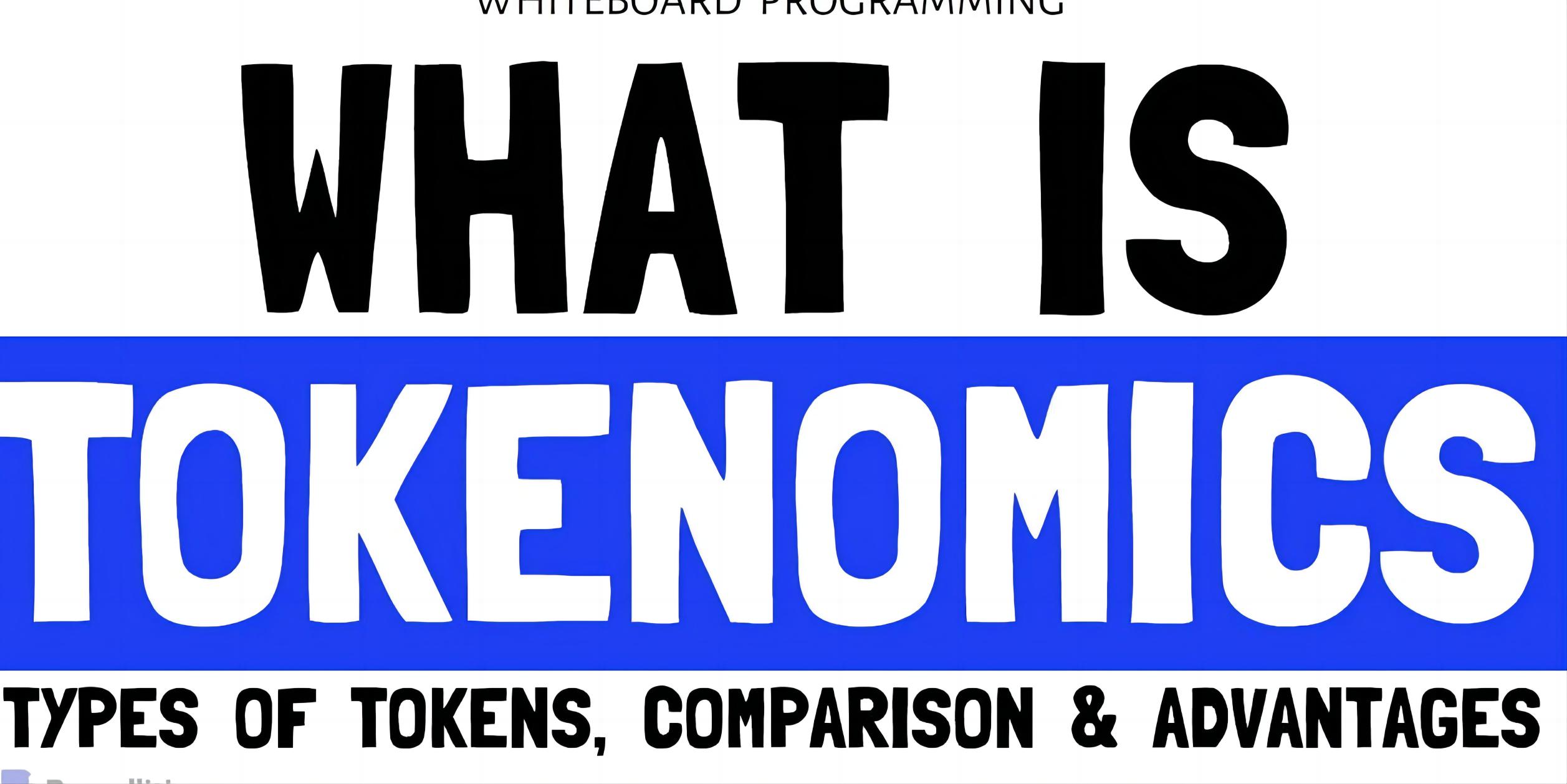The exchange has a large blockchain governance power – the center of power in a decentralized world
Chapter 0 Introduction
Under the BSV, the price of BSV plummeted, and the currency people stood in line. Let us see that the exchange has considerable power in the governance of a coin.
Chapter 1 Naming Rights
History has occurred many times, and the exchange has a large naming right for a coin.
In August 2017, when Bitcoin cash (BCH) was born, the main BCH supporters abbreviated their English into BCC. Including Bitcoin ABC developers also define the unit of currency on the complete node of BCH as BCC. So far, the complete node of Bitcoin ABC is still the abbreviation of this BCC.
- Twitter Featured: Coin Security decided to take down BSV; ConsenSys seeks $200 million financing
- Community Governance, PoW Workload Proof and Commercialization
- Blockchain reshapes digital identities, which applications are worth looking forward to?
But the Bitfinex exchange, the abbreviation of Bitcoin Cash is written as BCH. Most exchanges are called BCC, and a few exchanges are named BCH and Bcash. At that time, BCH was obviously discriminatory, which is the abbreviation of Bcash.
At that time, there was an abbreviation of MLM, also called BCC. This is also a reason, after all, people first occupied the name. But this is a very small coin after all, and it is a pyramid. Now that you are searching for BCC, this pyramid currency has disappeared.
After playing for a few months in the two abbreviations of BCC and BCH, the BCH community began to compromise and accepted the abbreviation of BCH. And began to promote this name. In the end, most exchanges define BCH as an abbreviation for Bitcoin Cash.
With the split of BCH and BSV, the problem of naming appears again. Bitfinex is still the same, Bitcoin cash ABC is written as BAB, Bitcoin SV is written as BSV.
But Bitfinex's influence has not been as great as it was at the end of 2017. No exchange has followed it to name BCH as BAB. The coin security became the head exchange, and the BCH was named BCHABC, and the BSV was named BCHSV.
At the beginning of the split, the names BCHABC and BCHSV actually represent fairness. But as the entire community reached a consensus, BCH's naming rights fell to BCHABC. Most exchanges have changed their names to BCH and BSV. But the currency refused to change its name.
Just last week, BCH enthusiasts called for the currency name to be renamed, but the reply from the currency security was too difficult to change, and it was necessary to change it first. The two sides had been arguing on Weibo for several days.
But what I didn't expect was the BCH powder and the coin security. The BSV suffered first. The owner of the coin security is very opposed to some of the behavior of CSW, which directly led to the withdrawal of the BCHSV.
BCH is a very good example of the fact that the exchange has a very large naming rights. I am also a coincidence, I have encountered two other coins.
I bought a vsys that was relatively hot recently. When the coin was first bought, everyone called VEE. However, because several exchanges have already launched a currency called VEE, the project party did not want to compete for the name of the VEE in the past, but instead changed its name directly. Coincidentally, the first time the vsys was on the exchange was also bitfinex. I don't know how much power bitfinex played in this naming.
I also bought a coin. There is a stupid total in my circle of friends (this buddy recently pulled me black), I think he really works hard, working 24*7. Just happened, a friend recommended this coin with me. I just want to buy some. When I went to search, I found two coins, one called MVP and one called MVPT. I was thinking, which currency is the stupid total currency. Finally, it must be defined by the exchange.
In fact, having a naming right represents a lot of power.
Chapter 2 Development of the agreement
History has repeatedly proved that the exchange has a significant influence on the development of the agreement on the currency.
The first time around the exchange, a coin agreement was developed in Ethereum, in 2016. At that time, the Dao incident occurred in ETH. A hacker attacked a contract called The Dao on ETH, which led to the theft of a huge Ethereum. V God led the Ethereum community to roll back the exchange through hard forks, repair the loopholes and recover the coins stolen by the hackers.
The first day of hard forks is still fine. Suddenly, the P-Net exchange launched a coin called ETC, which continued the state of the chain before the Ethereum hard fork, supporting the money stolen by hackers.
Wow, the entire Ethereum community suddenly exploded, and Ethereum fell. V God also issued a tweet statement saying that Ethereum is still an experiment and does not guarantee a statement that everyone's assets are 100% safe.
The emergence of ETC is the first major split in the blockchain, and the entire encrypted digital currency community has no experience. The various exchanges were in chaos, and they began to accuse the Ethereum Foundation of smashing hard forks.
ETC is a brand new agreement born under the leadership of P network.
In 2017, the exchange of bitcoin, the exchange also took a key role. The supporters of the expansion at that time focused on the job lobbying on the miners, and the prospecting pool supported the expansion every day. As a result, in the battle between bitcoin unlimited and bitcoin core, unlimited received a large percentage (at least 50%) of computing power. At the crucial moment, multiple exchanges such as bitfinex and bitstamp issued a joint statement, refused to support bitcoin unlimited for bitcoin, but recognized bitcoin core as bitcoin.
Afterwards, the exchanges stood up and stood up. The main tone was basically to support the bitcoin core, not the longest chain selected by the miners.
At that time, I was hit by a very big belief. I always thought that PoW's longest chain rule was decisive and persuasive. But the exchange's joining team finally proved that I began to doubt the validity of this rule. Until the split of BCH and BSV, once again confirmed that the rule that the longest chain is the effective chain is not decisive, and the strength of the exchange will not lose too much even if it does not exceed the longest chain rule.
Chapter 3 controls massive coins
In fact, most users have coins in exchanges. Ownership of the currency is equivalent to having “equity”, especially in the PoS currency, the exchange has more power.
EOS is the most typical, there are a lot of coins in the exchange, many super nodes are controlled by the exchange. Having the control of the super node is equivalent to participating in the specific transaction of the EOS. This includes activating the main network, voting for various agreements, trading arbitration… and more. This is almost the biggest power.
Holding a lot of coins, the most direct impact is the price. The imagination behind this is going to be big.
With a lot of coins, the back represents a large number of real users. The exchange can drive a lot of power on behalf of the user. The announcement of the BSV under the BSA claimed to be for the user.
Chapter 4: Many exchanges themselves are decentralized
For large currencies, there are more exchanges supported, and the right to speak of the exchange will not be enlarged by the centralization.
But for small currencies, the power of the exchange is even greater.
The recently erupted IEO represents the control of the exchange's power against the currency. The price on the IEO is lower than the private placement price of the currency. After the line is up, there is still a large price increase, which is indispensable for the project party to pay the real gold.
After the IEO, if you can successfully launch more exchanges, you can also resolve the checks and balances of a single exchange, otherwise the project party really wants to work for the exchange.
For small currencies, because the exchange has the power to control the currency, almost all exchanges clearly stated that there are trading volume requirements. Behind this, the project has to do market value management.
On the currency fee, and the market value management fee, I feel that the pressure on the currency in front of the exchange is really not small.
Decentralized exchanges are far behind in terms of user experience, user volume, and market depth. But at least it can provide an opportunity for small currencies to survive in the cocoa that is unable to cope with the pressure of centralized exchanges.
Chapter 5 Blockchain Governance Power Structure
I have always believed that there are three main forces in the blockchain political power structure: developers, miners (super nodes in pos), and users.
It seems that the exchange actually has very large powers and should face up to the power of the exchange. This is the result of the emergence of the free market. Perhaps the blockchain political power structure should be composed of these four forces: developers, exchanges, miners, and users.
Chapter 6 Conclusion
V God is amazing, claiming that the central exchange should go to hell. I feel that I should face up to the power of the exchange. This is, after all, the evolution of the market.
Author: Huang Shiliang,
Welcome to the WeChat public account: Lightning HSL, H13116885
Welcome to BTM: bm1qefc720au672awrgazgw5c3kx7etr5kejju02p7
We will continue to update Blocking; if you have any questions or suggestions, please contact us!
Was this article helpful?
93 out of 132 found this helpful
Related articles
- Babbitt column | After the “no mining”, has the trend of the development of the blockchain industry changed?
- Internet and blockchain revolution: Are we in 1994? What should I do next?
- Domestically, should the blockchain industry standard be released? Li Ming: Misunderstanding, in fact, will publish the international standard for blockchain terminology
- About Cosmos, Ethereum and Polkadot, all you want to know is this (2)
- Getting started with blockchain | In addition to Cosmos, there are also Polkadot
- Why does regulation strongly promote “blockchain poverty alleviation”?
- Opinion: It’s time to add fire to the blockchain.






